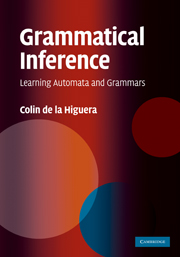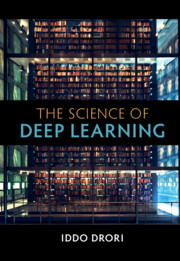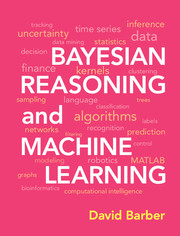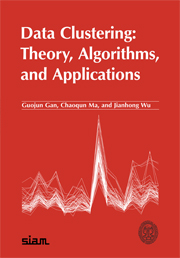Grammatical Inference
The problem of inducing, learning or inferring grammars has been studied for decades, but only in recent years has grammatical inference emerged as an independent field with connections to many scientific disciplines, including bio-informatics, computational linguistics and pattern recognition. This book meets the need for a comprehensive and unified summary of the basic techniques and results, suitable for researchers working in these various areas. In Part I, the objects of use for grammatical inference are studied in detail: strings and their topology, automata and grammars, whether probabilistic or not. Part II carefully explores the main questions in the field: What does learning mean? How can we associate complexity theory with learning? In Part III the author describes a number of techniques and algorithms that allow us to learn from text, from an informant, or through interaction with the environment. These concern automata, grammars, rewriting systems, pattern languages or transducers.
- Provides a unified view of the many known techniques in the field
- Contains over 150 exercises and many illustrative examples ideal for teaching
- Ideal for researchers working in a variety of fields, including bio-informatics, computational linguistics, web applications and pattern recognition
Reviews & endorsements
'The scope of the book, the detail of description, the uniformity of notation and treatment, and the enjoyable style make this book an important addition to the library of any computational linguist interested in language learning from data.' Machine Translation
'… this book raises important questions about learning grammars …' Computing Reviews
Product details
No date availableHardback
9780521763165
432 pages
254 × 180 × 26 mm
0.9kg
170 b/w illus. 25 tables 1 music example 160 exercises
Table of Contents
- Preface
- Acknowledgements
- 1. Introduction
- 2. The data and some applications
- Part I. The Tools:
- 3. Basic stringology
- 4. Representing languages
- 5. Representing distributions over strings with automata and grammars
- 6. About combinatorics
- Part II. What Does Learning a Language Mean?:
- 7. Identifying languages
- 8. Learning from text
- 9. Active learning
- 10. Learning distributions over strings
- Part III. Learning Algorithms and Techniques:
- 11. Text learners
- 12. Informed learners
- 13. Learning with queries
- 14. Artificial intelligence techniques
- 15. Learning context-free grammars
- 16. Learning probabilistic finite automata
- 17. Estimating the probabilities
- 18. Learning transducers
- 19. A very small conclusion
- References
- Index.






